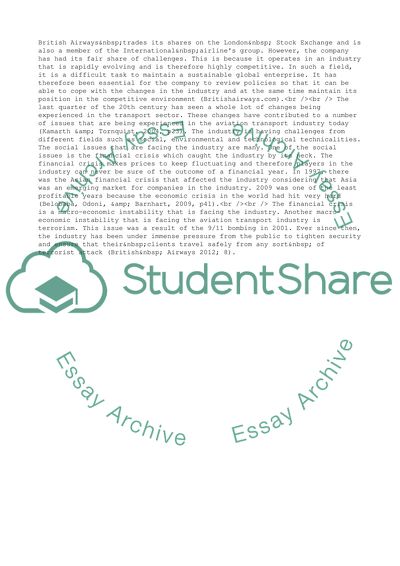Cite this document
(British Airways Company Profile Case Study Example | Topics and Well Written Essays - 2011 words, n.d.)
British Airways Company Profile Case Study Example | Topics and Well Written Essays - 2011 words. Retrieved from https://studentshare.org/business/1608742-report-for-sustainable-global-enterprise
British Airways Company Profile Case Study Example | Topics and Well Written Essays - 2011 words. Retrieved from https://studentshare.org/business/1608742-report-for-sustainable-global-enterprise
(British Airways Company Profile Case Study Example | Topics and Well Written Essays - 2011 Words)
British Airways Company Profile Case Study Example | Topics and Well Written Essays - 2011 Words. https://studentshare.org/business/1608742-report-for-sustainable-global-enterprise.
British Airways Company Profile Case Study Example | Topics and Well Written Essays - 2011 Words. https://studentshare.org/business/1608742-report-for-sustainable-global-enterprise.
“British Airways Company Profile Case Study Example | Topics and Well Written Essays - 2011 Words”, n.d. https://studentshare.org/business/1608742-report-for-sustainable-global-enterprise.


